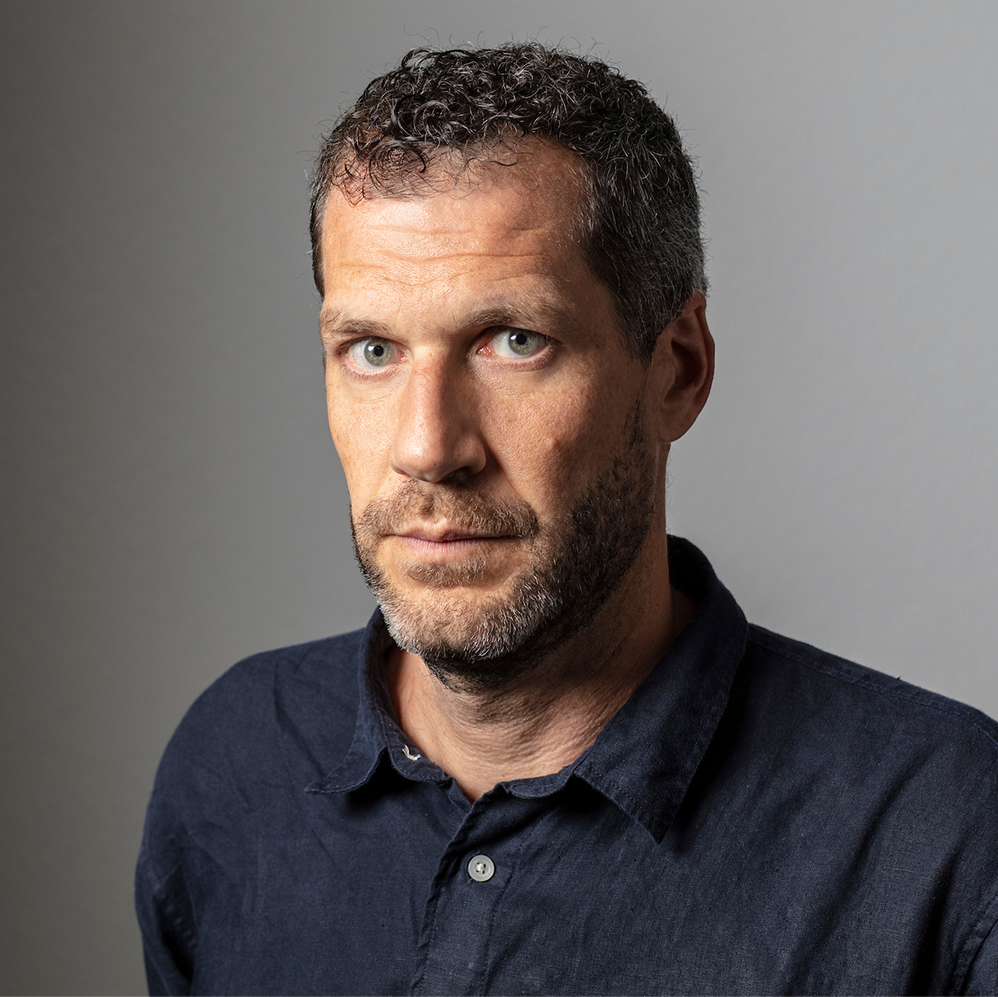Initiative calls for more choice for voters

The initiative for a "constructive referendum" - launched by centre-left parties in 1995 - was aimed at giving voters a greater say in nationwide ballots. At present they only have the option of accepting or rejecting a proposal.
Supporters of the initiative argued that voters should be allowed to approve or turn down parts of a proposal, and not have to take an all-or-nothing approach.
The initiative was launched in the wake of a vote on revising the old age pension scheme. Although that proposal was accepted, centre-left parties argued that many voted against it because they disagreed with the provision on extending the retirement age for women from 62 to 64.
However, opponents of the “constructive referendum” argue that such a reform would complicate the referendum system, and that voters would find it difficult to understand the issues at stake.
Two cantons in Switzerland, Berne and Nidwalden, have already introduced the constructive referendum for cantonal votes.
But the federal government, along with parliament and three of the four governing parties, oppose such changes at the national level. The main criticism is that it would weaken the spirit of consensus in politics and make it harder to find negotiated and balanced solutions.
In Switzerland, voters elect representatives to both houses of parliament in a similar way to the representative democracies in the rest of western Europe.
But the country’s system of direct democracy means voters are also empowered to directly intervene in the democratic process. They can do this in one of two ways: either by challenging parliament on a particular issue, or by putting forward their own proposal for a new law.
In the former case, any Swiss citizen can challenge a law passed by parliament by collecting a minimum of 50,000 signatures. This is sufficient to force a “referendum” on the issue.
They can also force a nationwide vote on changing the constitution – a “people’s initiative” – by collecting 100,000 signatures.
The “constructive referendum” amounts to a third way in which the Swiss could intervene in the democratic process. Fifty thousand signatories could put forward a counter-proposal to a law adopted by parliament, after which both texts would have to be submitted to a vote.
by Urs Geiser

In compliance with the JTI standards
More: SWI swissinfo.ch certified by the Journalism Trust Initiative








You can find an overview of ongoing debates with our journalists here . Please join us!
If you want to start a conversation about a topic raised in this article or want to report factual errors, email us at english@swissinfo.ch.